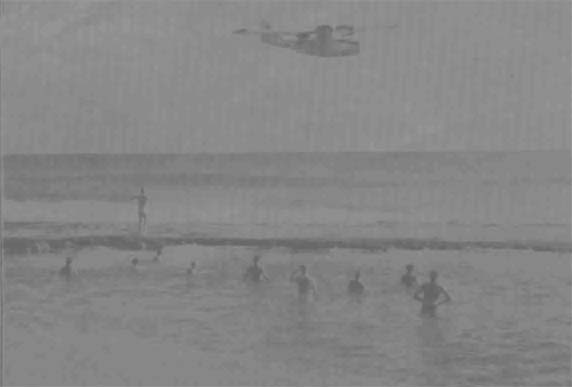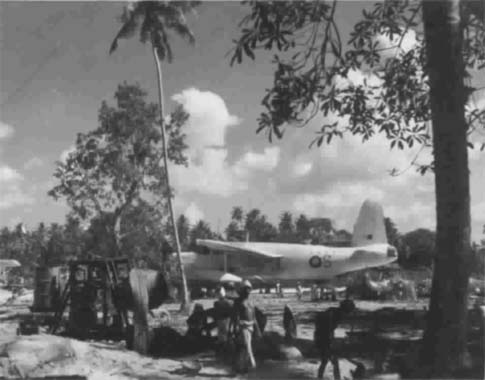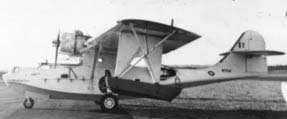![]()
Water
runway of the Koggala lake and flight history
Koggala lake had been a hallmark in aviation history. There were grand ancient aviators who took-off and landed from Koggala Lake. Most of them are now' dead and so are their aeroplanes, Only one replica is preserved in a museum in New Zealand. There was a time that these 15 HP engine coughed and cried as the pilots crawled their way across the lake.

Diagonally opposite Madol Duuwa was the little airfield located on one corner of the lake, the black serpent like tarred runway dividing the lush green and a national flag fluttering from a tall white mast advertising the Air Force ownership.

The fishing boat spluttered to pass a small island rocks where the windsock was. These rocks were rounded and faced the longest stretch of the lake extending beyond two miles, "This was where they started the takeoff run. They raced on the water a long distance and lifted off and climbed away barely skimming the tree line at the far end.
The water here was where the pilots took off in their cumbersome seaplane on its long journey from Koggala. lake to Swan River Perth on the West Australian coast. 28 hours of non-stop flying on a Catalina Flying boat, flown by ' Qantas Imperial Airways pilots, the longest leg of Qantas' link flight between London and Sydney, in the war torn years of the forties. The flight was so long that the passengers saw the sun rise twice whilst being strapped to their seats. That is how the name "flight of the double sunrise," came about and entered Koggala to the record books in the world of
aeroplanes.
WWII made the Royal air force to took the Koggala lake demarcate the water runway, fix the wind sock and prepare it to accept the long flying seaplanes.
It was 1942, the Japanese were occupying the Malayan peninsula. The Qantas, Imperial flight, London to Sydney had lost its refueling point of Singapore between Calcutta and Perth. The flight had to be kept the link maintained at any cost. An alternate route had to be found. Sri Lanka was the best bet and 'that too if possible the southern most tip to take maximum advantage to minimize the distance to the Australian coast. Hence, the mapmakers took their protractors and their slide rulers out and made their calculations, Koggala to Perth - long and dangerous, but possible.
T here were five Qantas aeroplanes that flew this route. They were all named after the stars, Antares, Rigel Spica and Altair. The names were apt as these were the stars by which the aeroplanes deduced their celestial navigation. That was the only form of directions available as radio silence had to be maintained from Koggala to Perth. Japanese fighters were dominating the skies over the Indian Ocean. The Qantas machines. were 16000kg, Catalina-Flying boats with two Pratt & Whitney Twin Wasp, piston engines of 1200 hp. They cruised at 98 knots per hour and were fitted with, extra fuel tanks to the impossibly long leg. The 5652 km journey lasted an average of 28 hours and when winds were unfavorable it dragged to more than 30 hours, the longest being an astounding '2 hours and 9 minutes. This is the longest nonstop regular passenger flight ever attempted.
The first flight came from Perth and landed in Koggola on the 30 March 1943 under the command of Captain Russell Tapp. The last fight was on 18thJuly 1945. The aeroplans carried three passengers, and 60kg of mail.

The Catalinas flew the route until replaced by Liberators in mid-1945. Unfortunately, under their lend-lease terms, the aircraft could not be re-sold for civilian use, and all five were towed to sea and scuttled between November 1945 and March 1946.Qantas acquired 14 Catalinas from post-war disposals, using seven for spares and seven for passenger services.
271 crossings were made carrying 648 passengers, each passenger was given a certificate illustrating their membership to "The rare and secret order of the double sunrise". In all its two-years of operation, the star, named Catalinas flew the Indian Ocean facing every possible aviation hazard. Yet, they had the unequalled proud record of enormous episode without a single accident.
An account of the Japanese attacks upon Ceylon
![]()